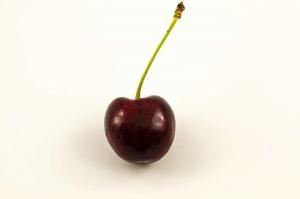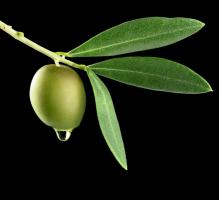Introduction
When it comes to indoor plants, choosing the right container can make all the difference. Clay pots have been a popular choice amongst gardeners for centuries, but are they a good option for indoor plants? In this article, we will explore the benefits of using clay pots for indoor plants.
Benefits of using clay pots for indoor plants
Clay pots are made from porous materials that allow for better air circulation and drainage. This means that roots are less likely to become waterlogged, which can lead to root rot. Additionally, clay pots are known for their ability to regulate soil temperature. This can be especially beneficial for indoor plants as they are not exposed to natural weather conditions like outdoor plants.
Another advantage of using clay pots is their aesthetic appeal. These pots come in a variety of shapes and sizes, which can add a decorative touch to any indoor space. Furthermore, the earthy look of clay pots can complement the natural beauty of plants.
Considerations when using clay pots for indoor plants
While there are many benefits to using clay pots for indoor plants, there are also some considerations to keep in mind. One potential drawback of clay pots is their weight. These pots are often heavier than other options, which can make them difficult to move around or transport. Additionally, if the pot is not glazed, it can absorb moisture and become stained or discolored over time.
Another consideration is the tendency of clay pots to dry out quickly. The porous material can cause the soil to dry out faster than other containers, which means plants may require more frequent watering. However, this can be mitigated by using a saucer or tray under the pot to retain moisture.
Conclusion
In conclusion, clay pots can be a good option for indoor plants. Their porous material allows for better air circulation and drainage, while their aesthetic appeal can add a decorative touch to any space. However, it is important to keep in mind the potential drawbacks of clay pots, such as their weight and tendency to dry out quickly. By considering these factors, gardeners can make an informed decision on whether clay pots are the right choice for their indoor plants.

 how many times do yo...
how many times do yo... how many planted tre...
how many planted tre... how many pine trees ...
how many pine trees ... how many pecan trees...
how many pecan trees... how many plants comp...
how many plants comp... how many plants can ...
how many plants can ... how many plants and ...
how many plants and ... how many pepper plan...
how many pepper plan...






























